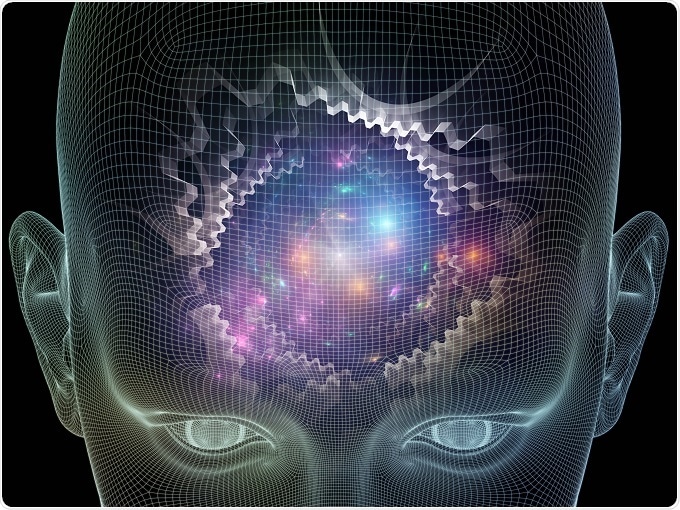Apr 20 2017
The study led by the University of Sussex has revealed scientific evidence for a higher state of consciousness.
 Credit: agsandrew / Shutterstock.com
Credit: agsandrew / Shutterstock.com
Neuroscientists have noticed a rise in neural signal diversity in individuals under the influence of psychedelic drugs, compared to their normal waking state.
The diversity of the brain signals presents the level of consciousness as a mathematical index. One example of this scale is that people show more diverse neural activity while they are awake than whilst sleeping.
While earlier studies tend to focus on the vegetative state—lower states of consciousness such as sleep and anesthesia—this is the first study to prove that brain-signal diversity is higher than in the conscious, awakeand aware, baseline state.
Researchers mention that more research is needed using more sophisticated and diverse models to support the results, but they are excited by the research findings none the less.
This finding shows that the brain-on-psychedelics behaves very differently from normal.”
Professor Anil Seth, Co-Director of the Sackler Centre for Consciousness Science at the University of Sussex
Professor Seth continues: "During the psychedelic state, the electrical activity of the brain is less predictable and less 'integrated' than during normal conscious wakefulness - as measured by 'global signal diversity'. Since this measure has already shown its value as a measure of 'conscious level', we can say that the psychedelic state appears as a higher 'level' of consciousness than normal - but only with respect to this specific mathematical measure."
Previously, Imperial College London and the University of Cardiff collected data of healthy volunteers who are administered with one of three drugs: psilocybin, ketamine, and lysergic acid diethylamide (LSD) that are known to stimulate a psychedelic state. For the present study, Michael Schartner, Adam Barrett, and Professor Seth of the Sackler Centre examined the data again, used brain-imaging technology and measured the tiny magnetic fields formed in the brain. It was found that the measure of conscious level—the neural signal diversity—was consistently higher across all three drugs.
The research team stressed that the outcomes do not mean that the psychedelic state is a better or more desirable state of consciousness; alternatively, it revealed that by applying a simple mathematical measure of signal diversity the psychedelic brain state is distinctive and relatable to other universal changes in the conscious level such as sleep and anaesthesia.
Dr Muthukumaraswamy, who was involved in all the three initial studies, commented:
That similar changes in signal diversity were found for all three drugs, despite their quite different pharmacology, is both very striking and also reassuring that the results are robust and repeatable." The study outcomes could aid informed discussions about the carefully controlled usage of these drugs, as in the case of treating severe depression.
Dr Robin Cahart-Harris of Imperial College London said, "Rigorous research into psychedelics is gaining increasing attention, not least because of the therapeutic potential that these drugs may have when used sensibly and under medical supervision.
"The present study's findings help us understand what happens in people's brains when they experience an expansion of their consciousness under psychedelics. People often say they experience insight under these drugs—and when this occurs in a therapeutic context, it can predict positive outcomes. The present findings may help us understand how this can happen."
The research adds to the emerging scientific understanding of the relationship between conscious level and conscious content.
Professor Seth said: "We found correlations between the intensity of the psychedelic experience, as reported by volunteers, and changes in signal diversity. This suggests that our measure has close links not only to global brain changes induced by the drugs, but to those aspects of brain dynamics that underlie specific aspects of conscious experience."
Researchers are now working diligently to discover how specific changes in the flow of information in the brain triggers specific aspects of psychedelic experience like hallucinations.